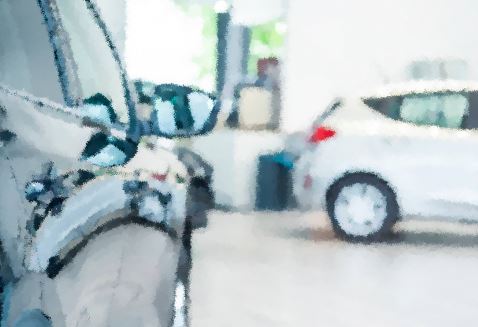There seems to be a new water cooler conversation topic, (or whatever passes for the equivalent of that in a post-COVID world) of “You’ll never guess what my car is worth now!”. Online valuation sites are powering these discussions and it’s never been easier or more compelling to follow the ever-spiralling numbers that seem to be attaching themselves to just about every used car out there.
We all know what’s behind this situation and discussions with our clients confirm that the used car juggernaut shows no sign of slowing down any time soon, so in the mean time they’re all just focused on obtaining the right stock at vaguely sensible prices, that will in turn all them to return a decent margin.
And therein lies the rub. Yes. used car margins are nothing less than healthy at the moment but new car volumes are heavily supressed. According to the SMMT, September saw the lowest volume of registrations since 1999, with numbers down a massive 34% YoY, (and September 2020 was already down over 20% vrs 2019), so total sales will be down, (along with new car revenues) so overall profitability will suffer too.
Even for those businesses who have currently got it right with the right stock mix, bought at the right prices there are more than a few clouds on the horizon. If the market moves, as it is bound to at some point, there’s a lot of opportunity to lose a lot of money on stock that could suddenly appear to be badly the “wrong way round”. It might not feel like it, but there are some businesses carrying a quite a lot of risk at the moment…
But moving away from the pure economics of used cars supply and demand, what about those factors that are less tangible but equally important?
There’s an old adage “Anyone can fly a kite in a hurricane” and currently with an excess of demand over supply there are certain shortcuts that retailers are bound to look at in areas like staffing, communication and marketing to cut costs. There’s little doubt that many must be tempted to cut a few corners and in some areas the consumer impact is minimal, but in others that are customer-facing, even the real basics – like the time taken to answer the phone, the impact is immediate and comes right at the wrong point for consumers; the point at which a business is looking to make a first impression. On top of this, once these standards are adopted they can quickly become habitual and therefore harder to break, so the impact can be more profound and longer-lasting.
This feels myopic to us
Scroll forward a few months and when we get back to something like normal with more cars than customers, what’s going to be the game plan to retain as much profit per unit in a car as possible?
While we may be some way off that point, it’s our view that ducks need to be got into rows sooner rather than later and the key element has to be customer experience. We’ve long been advocates for maintaining dialogue with customers and prospects; treating it as core business task and ring-fencing resource and budget to ensure that standards in this specific area don’t slip.
We of course have “skin the game” so it’s unsurprising that we’d be anything other than cheer leaders for an ever-better customer experience, but we honestly believe here and now, that customer experience is the only way to truly differentiate a business and retain customers and their future business. What’s more, time and money invested now will, if we are to be hard-nosed about it, help ensure you remain top and front of mind, so when the supply floodgates open again, you’ll be better positioned to capitalise on the awareness (and perhaps even some goodwill) that’s been generated.
There’s an opportunity to try and re-boot the relationship with consumers – surely, it’s worth trying to do things differently to see if the mould can be broken? Who knows, it might help retailers retain a bit more profit in every deal, or at the very least stave off the need to discount quite so heavily for that little bit longer
Market conditions won’t exist like this for ever and it makes sense to capitalise on them in the here and now, but perhaps there’s also a longer term, more strategic opportunity too, for those businesses prepared to plan for whatever is going to come next…

